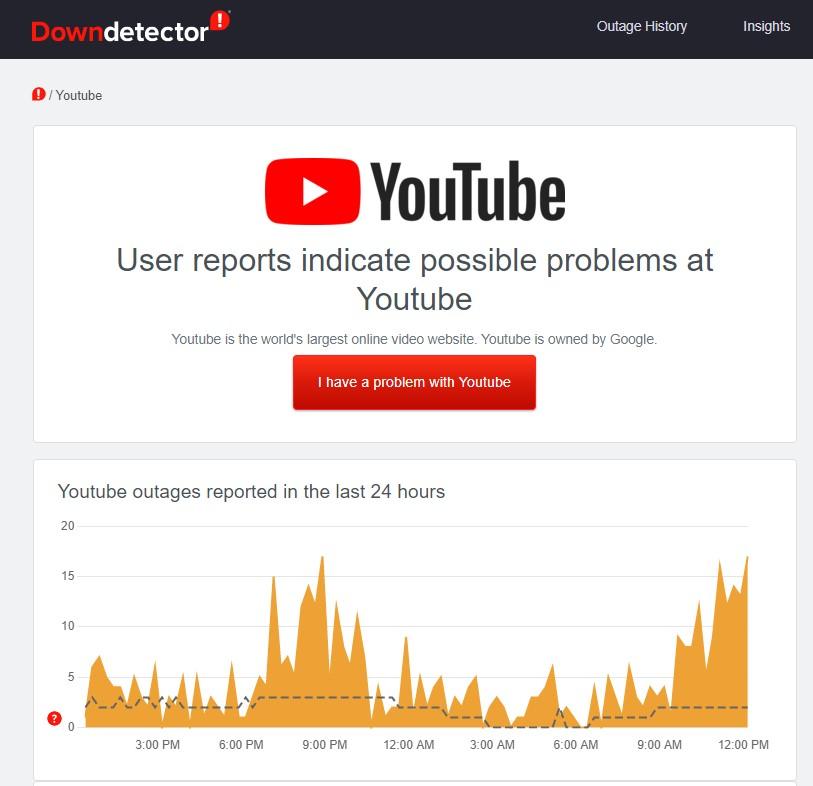
- #YOUTBE TUTORIAL SIMPLY FORTRAN HOW TO#
- #YOUTBE TUTORIAL SIMPLY FORTRAN INSTALL#
- #YOUTBE TUTORIAL SIMPLY FORTRAN CODE#
- #YOUTBE TUTORIAL SIMPLY FORTRAN WINDOWS#
The short term goal of fpm is to make development and installation of Fortran packages with dependencies easier.
#YOUTBE TUTORIAL SIMPLY FORTRAN HOW TO#
Does it work? No? Let us know! Read the fpm packaging guide to learn how to build your package with fpm.īrowse the open issues and see if you can help implement any fixes or features. Soon, it will be able to be build by itself.įpm is still in very early development, and we need as much help as we can get. The Fortran fpm is, of course, an fpm package itself so it can be built by the Haskell fpm. The Haskell implementation has moved to the fpm/bootstrap directory, and the Fortran implementation is developed in fpm/fpm. We merged several pull requests toward the Fortran fpm implementation. We agreed on the need for an intermediate package model which will allow for clean separation of fpm frontends (user interface, parsing, and semantics) and fpm backends (fpm itself, CMake, Make, etc.). #146: We discussed the design of the new Fortran implementation of fpm in a video call.

Soon, this registry will be used to generate detailed metadata that will be used by fpm to allow you to search for packages from the command-line, e.g. Please see the README there to learn how to contribute a package.įor now, the registry is simply a list of fpm-enabled Fortran packages that you can use as a dependency in your fpm.toml file. Which serves as a registry of fpm-enabled Fortran packages. #224: Handling and propagating errors inside stdlib #225: Name convention for derived types in stdlib The status of the procedures (experimental vs stable) are documented in the code, in the specs, and in the API docs With these changes, both experimental and stable procedures will reside together in the same modules.
#223: the structure of the Fortran Standard Library has been modified for clarity and ease of use. What’s new in the Fortran Standard Library: We welcome any new contributors to the website and the tutorials page in particular - see the contributor guide for how to get started. Let us know if you have any suggestions for the website and its content. #121, #122, #127, #128: additional packages added to the packages pageīenchmarks section, a new dedicated repository was created at #116: updates to the Quickstart tutorial on loop control and syntaxīook section with a comprehensive list of We continued the work on the Fortran-lang website, including: The newsletter comes out on the first calendar day of every monthĪnd details Fortran news from the previous month. Welcome to the August 2020 edition of the monthly Fortran newsletter. You can do this by either going to Start, Accessories, Command Prompt, or by clicking run, and typing in cmd. If there is, click on it, click edit, then add the following at the end of the line.Ĭlick okay enough times to get back to the desktop, and open a new command prompt. In the top section labeled "User variables for." there may or may not be an entry called PATH. Right click on My Computer, Properties, Advanced Tab, Environment Variables.
#YOUTBE TUTORIAL SIMPLY FORTRAN WINDOWS#
Now we have to tell Windows to look in c:\gfortran\bin for the compiler.

you should also have a file gfortran.exe in c:\gfortran\bin. I opened a new command prompt, after the installation completed, and it still says "command not found"Ĭheck that you have indeed files in the directory you selected for installation (if you chose c:\gfortran as installation directory, you should have directories like c:\gfortran\bin c:\gfortran\include. The installer tries to add the gfortran program to your PATH environment variable, telling Windows where to look when you call for gfortran For this to work, the command prompt window must be opened after the installation is complete Open a new prompt window, and try again! When I type try to run gfortran, windows says "command not found"
#YOUTBE TUTORIAL SIMPLY FORTRAN CODE#
In the black window that opens, you can use gfortran to compile your Fortran code (assuming your program is file code.f95 in the current directory): gfortran code.f95 -o code.exe This creates an executable named code.exe. To open a command prompt, click on Start menu, choose Accessories and then Command Prompt, or choose Run and type "cmd". Gfortran is now available from command-line. See Windows for general GCC on Windows information. Please report any bugs to the mailing-list.

The installer sets your PATH environment variable, so that simply typing gfortran in a command prompt will run the compiler.
#YOUTBE TUTORIAL SIMPLY FORTRAN INSTALL#
Download the installer, and run it (accept the GNU Public License, choose an directory to install gfortran, and let it work for you!). Stand-alone gfortran binaries for Windows are available as an installer.


 0 kommentar(er)
0 kommentar(er)
